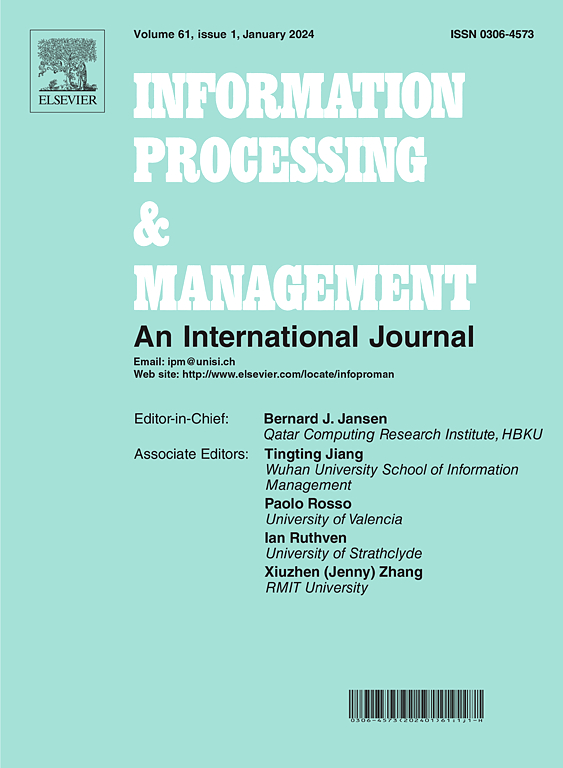CLAVE: A deep learning model for source code authorship verification with contrastive learning and transformer encoders
IF 7.4
1区 管理学
Q1 COMPUTER SCIENCE, INFORMATION SYSTEMS
引用次数: 0
Abstract
Source code authorship verification involves determining whether two code fragments are written by the same programmer. It has many uses, including malware authorship analysis, copyright dispute resolution and plagiarism detection. Source code authorship verification is challenging because it must generalize to code written by programmers not included in its training data. In this paper, we present CLAVE (Contrastive Learning for Authorship Verification with Encoder representations), a novel deep learning model for source code authorship verification that leverages contrastive learning and a Transformer Encoder-based architecture. We initially pre-train CLAVE on a dataset of 270,602 Python source code files extracted from GitHub. Subsequently, we fine-tune CLAVE for authorship verification using contrastive learning on Python submissions from 61,956 distinct programmers in Google Code Jam and Kick Start competitions. This approach allows the model to learn stylometric representations of source code, enabling comparison via vector distance for authorship verification. CLAVE achieves an AUC of 0.9782, reduces the error of the state-of-the-art source code authorship verification systems by at least 23.4% and improves the AUC of cutting-edge source code LLMs by 21.9% to 40%. We also evaluate the main components of CLAVE on its AUC performance improvement: pre-training (1.8%), loss function (0.2%–2.8%), input length (0.1%–0.7%), model size (0.2%), and tokenizer (0.1%–0.7%).
求助全文
约1分钟内获得全文
求助全文
来源期刊

Information Processing & Management
工程技术-计算机:信息系统
CiteScore
17.00
自引率
11.60%
发文量
276
审稿时长
39 days
期刊介绍:
Information Processing and Management is dedicated to publishing cutting-edge original research at the convergence of computing and information science. Our scope encompasses theory, methods, and applications across various domains, including advertising, business, health, information science, information technology marketing, and social computing.
We aim to cater to the interests of both primary researchers and practitioners by offering an effective platform for the timely dissemination of advanced and topical issues in this interdisciplinary field. The journal places particular emphasis on original research articles, research survey articles, research method articles, and articles addressing critical applications of research. Join us in advancing knowledge and innovation at the intersection of computing and information science.
 求助内容:
求助内容: 应助结果提醒方式:
应助结果提醒方式:


